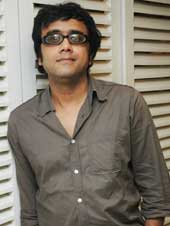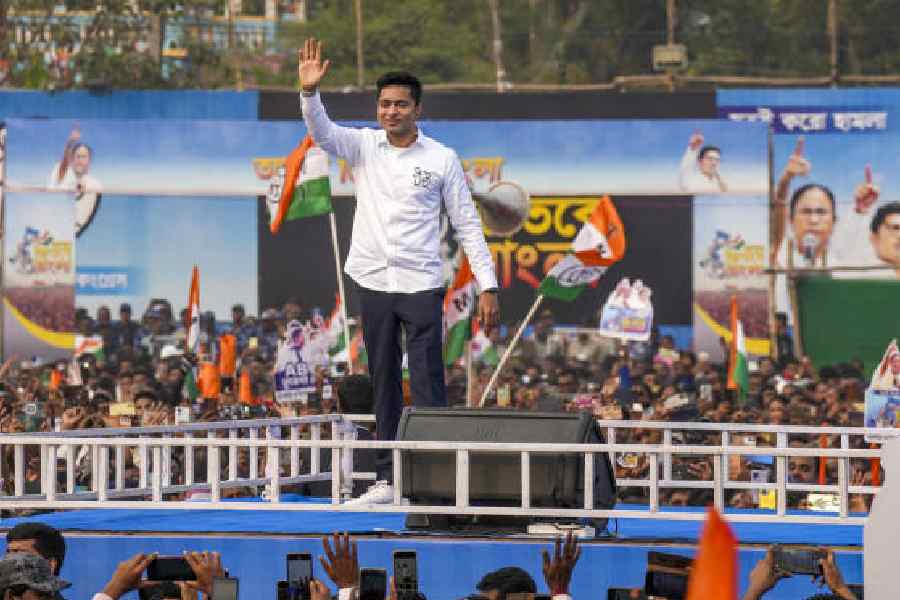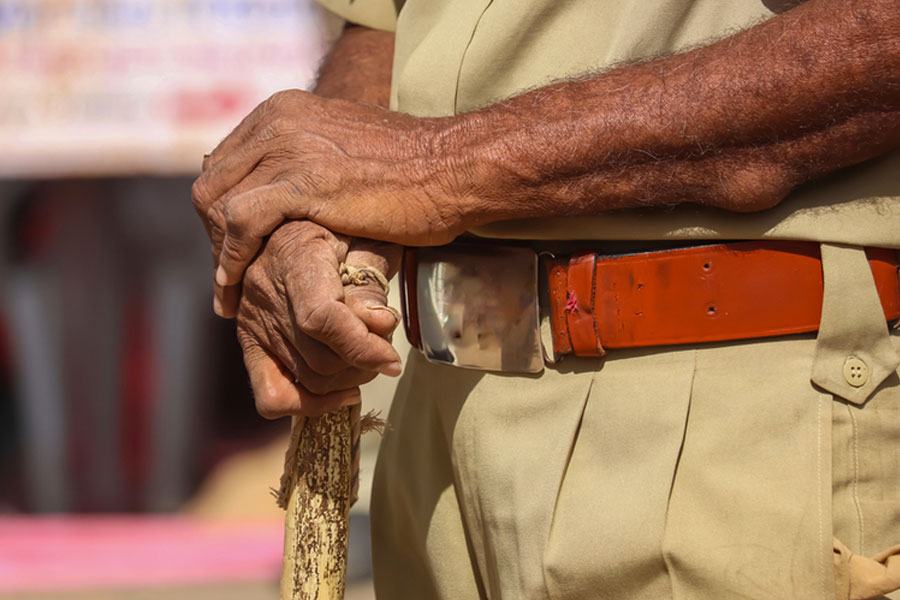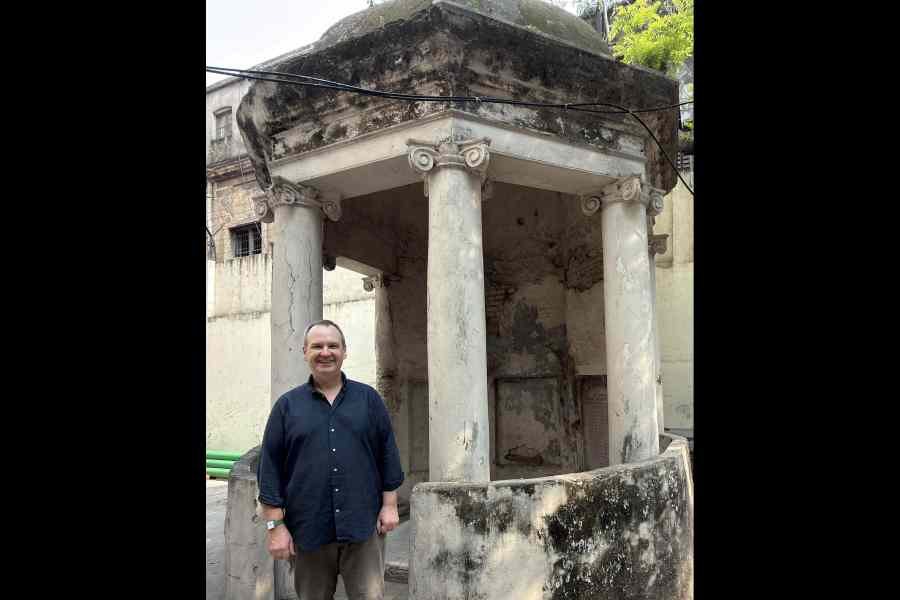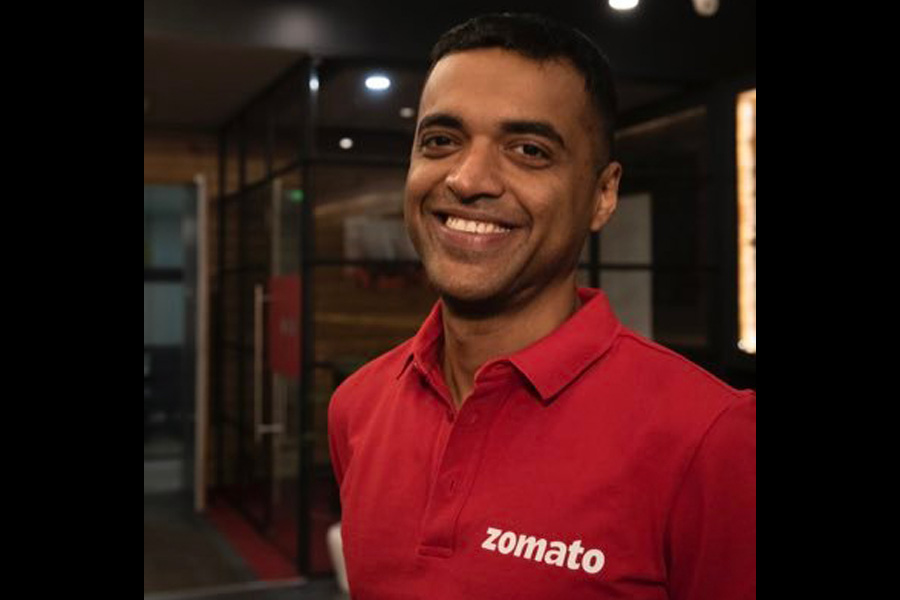 |
It’s not surprising that ad film maker-turned-director Dibakar Banerjee is feeling vindicated after the release of his debut film Khosla Ka Ghosla. After all, he did wait two years for the Anupam Kher-Boman Irani-starrer to release. What’s more, the charmingly simple tale of an ordinary middle-class family’s dream to own a house has been compared to the Hrishikesh Mukherji style of cinema and has won over critics and audiences — at least the multiplex ones — alike.
Says the director, “When you don’t conform to any formula and just do what you believe is right and somehow manage to release the film, it’s heartwarming when people like it. You feel vindicated.”
Actually, Khosla ka Ghosla captures what Banerjee says he always wanted to bring to the screen: “The extraordinariness of ordinary lives”. No wonder the comic trials of the muddled-up family have struck a chord. The film is about how retired man-next-door Kamal Kishore Khosla (Kher) almost loses his dream plot to an unscrupulous broker Kishan Khurana (Irani) till he decides to outwit Khurana at his own game with his son’s (Parveen Dabas) help.
What’s more, Banerjee has brought Delhi, his hometown, alive on screen. “I always feel that you should portray subjects that you know better than anybody else,” he says.
Actually, making films has been Banerjee’s dream for as long as he can remember. His tryst with films began as a boy — with Doordarshan. “In my house, television was God,” he says. On the small screen, he watched top directors starting from Shyam Benegal and also European masters like Istvan Svabo and Costa Gavras. He even spent time watching regional cinema. “I can do a very convincing Shivaji Ganesan act,” he says.
That’s when Banerjee also developed his love for books, music — he learnt the tabla as a kid — and art. He still paints and also storyboards all his ad films himself as he did for Khosla Ka Ghosla.
Growing up at Rohtak Road near Karol Bagh, Delhi, though Banerjee recalls being “the skinny, sissy, sickly Bong kid in an aggro Punju neighbourhood”. That’s till age nine, when he decided to do a makeover and befriended the roughest kids on the block.
“I somehow entered their group as a young runt, and went out of my way to get spoilt. But it worked because I got to know the street-smart side of Delhi, which has stayed with me ever since. It also made me less of an intellectual in the sense that it made me more connected to people,” he says. It’s a world that finds expression in Khosla.
It was Banerjee’s creative side that dominated though, and so after Class 12, he went to the National School of Design. “By this time I knew that I wanted to make films,” he says.
Banerjee enrolled to study visual communications and graphic design but he found himself spending most of his time at NID’s library and film club, reading American Cinematographer and watching masterpieces by Stanley Kubrick, Martin Scorsese et al. “I owe the foundations of my visual knowledge to NID,” he says.
After three years, he dropped out of NID. His father was still desperate that he should get a degree but Banerjee set off on a job hunt.
“I remember telling my parents that I was going to look for a job and I would sit at the bus stop for hours and come back,” he recalls. That’s till he began interning with corporate audio-visual filmmaker Sam Mathews from whom he imbibed both creative and management skills.
So began his career in advertising. Over the next few years he worked first in Shems Combit and then TBWA Anthem. It was at his next agency, Contract, though that the seeds of Banerjee’s film career were sown. That’s where he met copywriter Jaideep Sahni, who later penned Khosla Ka Ghosla’s story, screenplay, dialogues and lyrics.
He left Contract to launch his own company, Watermark, with a couple of friends. Watermark became successful making ad films and promos for Channel [V] and MTV.
That’s when Banerjee decided to press the pause button and take stock. “I realised I had more money than I needed and remembered all my intellectual dreams from my NID days,” he says. So he left Watermark to “follow my own dreams”.
Around the same time, Sahni, who was working on Company with Ram Gopal Varma, recommended Banerjee to Tandav Films, which wanted to make a feature film based in and about Delhi with a director from the city. So the two began collaborating on Khosla.
Of course, it wasn’t all smooth sailing. Banerjee recalls being rather naïve in those early days when he went out casting for the film. “I didn’t know that unless the actor or editor sees a production house backing you, he won’t take you seriously,” he says.
Somehow he managed to convince Kher and Irani to come on board. Finally, Banerjee shot the film in 45 days. “We were drilled like an army machine,” he says. That’s not to say there was no spontaneity. In fact, many of the scenes came from the brainstorming between the actors and the crew.
Banerjee is still making ad films and recently made one for Promise and a series for Horlicks under his new banner, Freshwater Films. “It give me the independence to do exactly the kind of films that I want to,” he says.
In fact, he deliberately refused feature film offers last year as he wanted to nurse his “first baby” through to its release, using his ad background to market it intelligently.
Even so, the last year has been fruitful as “my mind has been bombarded by six complete film ideas”, he says. He has even translated two of these into bound scripts. One is a period film while the other “charts the rise and fall of this amazing conman”. Now, Banerjee hopes to start on one of these projects shortly.
With so many corporates producing films, it may be a good time to be a director in the Hindi film industry today. Certainly, Banerjee is banking on it. “The second film has to be faster. Khosla has given me the confidence to do more films like this,” he says.
Photograph by Gajanan Dudhalkar

